Revenue and income are two accounting terms that are often used interchangeably. However, it is important to understand that these two terms are different. Let us know the difference between the two through the discussion below: What is Revenue? Revenue is the total amount of a business's sales. ItRead more
Revenue and income are two accounting terms that are often used interchangeably. However, it is important to understand that these two terms are different. Let us know the difference between the two through the discussion below:
What is Revenue?
Revenue is the total amount of a business’s sales. It is the total amount earned by a business before deducting any expenses. Revenue is recognized in accounting as soon as a sale happens, even if the payment hasn’t been received yet.
For example, XYZ Ltd sold 100 pens at a selling price of 10 per pen. The total revenue of the business is hence 1,000.
What is Income?
Income is the amount earned by a business after deducting any direct or indirect expenses. It is the amount that is left after subtracting all expenses, taxes and other costs from Revenue.
Which is a broader term between the two?
Revenue is a broader term as it includes the total earnings a business generates before deducting any expenses. It includes all sales of goods or services during a specific period.
On the other hand, income is calculated after deducting certain expenses like taxes, interest, etc. This makes it more specific and refined than revenue.
Revenue provides a measure of a company’s ability to generate sales and income reflects the efficiency in managing costs and generating profits.
See less



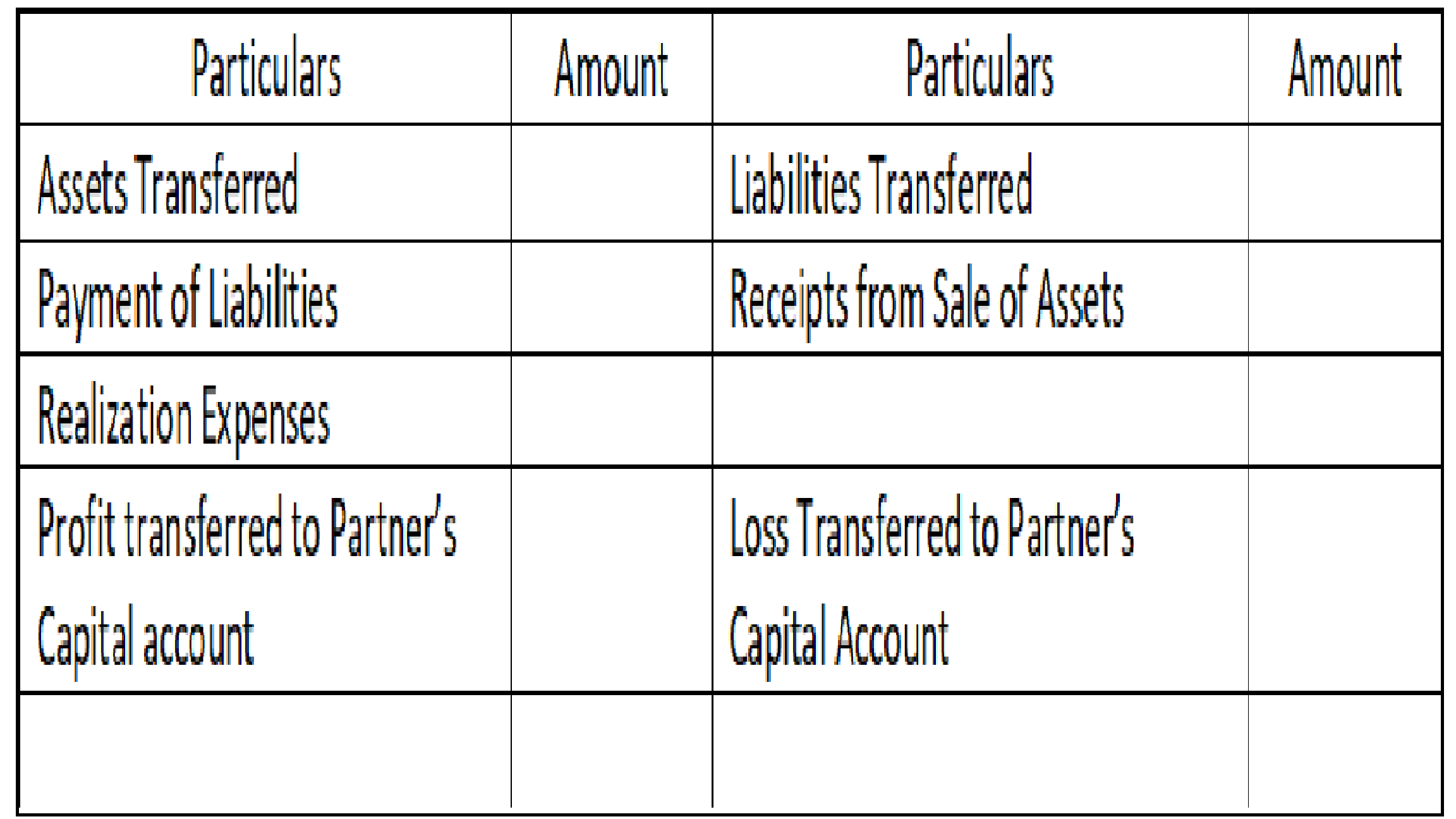

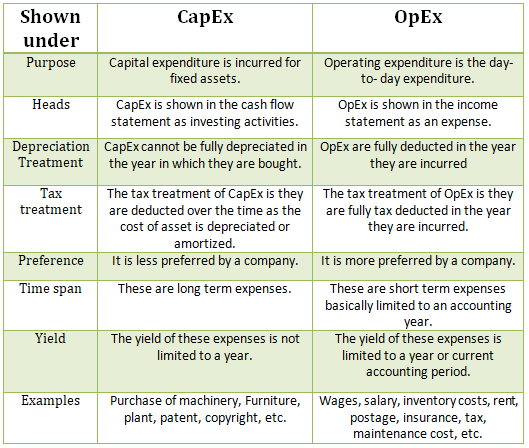
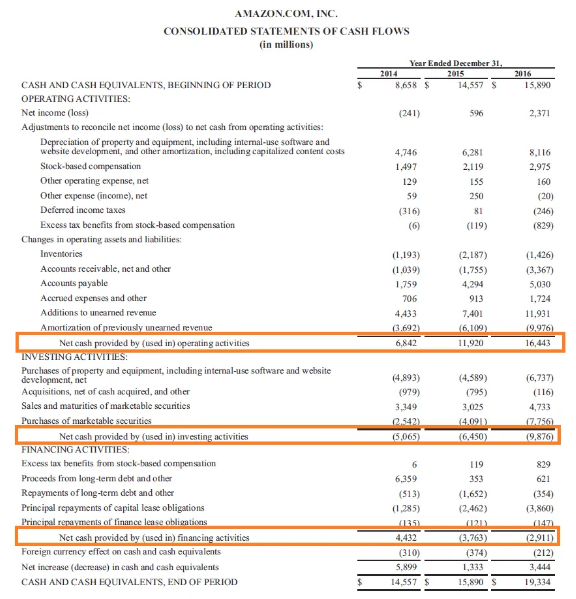
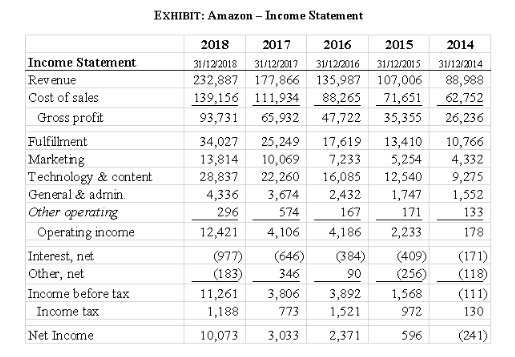
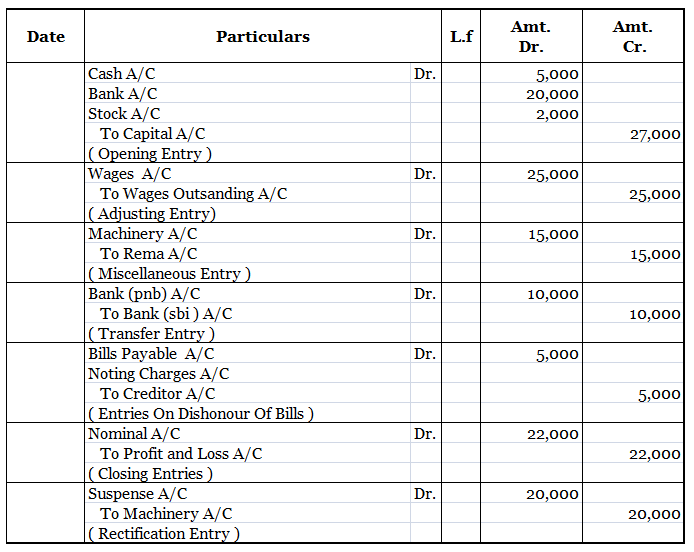
Revaluation of Assets is an adjustment made in the carrying value of the fixed asset in case the company finds there is a difference between the current price and the market value of the asset. Generally, the value of the asset decreases due to depreciation but in some cases like inflation in the ecRead more
Revaluation of Assets is an adjustment made in the carrying value of the fixed asset in case the company finds there is a difference between the current price and the market value of the asset. Generally, the value of the asset decreases due to depreciation but in some cases like inflation in the economy, it may increase. so, in order to know the correct value of the asset Revaluation is to be done.
Accounting standard allows two models.
Under the cost model, the carrying value of fixed assets equals their historical cost less accumulated depreciation and accumulated impairment losses.
For Example, Amazon ltd purchased a Plant for 5,00,000 on January 1, 2010, with a useful life of 10 years, and uses straight-line depreciation.
Here, the journal entry would be passed as
As the useful life of the asset is 20 years, so the yearly depreciation would be
5,00,000/10 i.e. 50,000.
So the accumulated depreciation at the end of December 31, 2012, would be 50,000×2= 1,00,000 and
the carrying amount would be 5,00,000-1,00,000= 4,00,000.
Under the Revaluation method, the assets are revalued at their current market value. If there is an increase in the value of an asset, the difference between the asset’s market value and current book value is recorded as a revaluation surplus.
For Example, Amazon ltd purchased an asset two years ago at a cost of 2,00,000. Depreciation @ 10% under straight-line method.
Therefore, the accumulated depreciation for two years would be 40,000,
i.e. 20,000 for a year.
Carrying cost of the asset = 1,60,000
Assuming, the company revalues its assets and finds that the worth of assets is 1,85,000.
Under this method, the company needs to record 25,000 as a surplus.
Accounting entry for the above will be
Depreciation calculated during the third year would be based on the new carrying value of 1,60,000.
Therefore, Depreciation for the 3rd year= 1,60,000/3
= 53,333.33
Accounting entry:
Alternatively, the incremental depreciation due to the revaluation i.e. 13,333.33 can be charged to the revaluation surplus account.
In case, if there is a revaluation loss, the entries would be interchanged.
In case of admission of a partner, the new partner may not agree with the value of assets as stated in the balance sheet, with time the values may have arisen or may have fallen, so in order to bring them to their correct values revaluation is done so that the new partner doesn’t suffer.
Where the assets and liabilities are to be shown in the books at the revised (new) values after the admission of the new partner.
The accounting entries are
2. For a decrease in the value of an asset
3. For transfer of profit on revaluation i.e. if the total of credit side exceeds the debit side.
4. For transfer of loss on revaluation i.e. if the total of debit side exceeds the credit side.
Note: If the total of both sides is equal it signifies that there is no profit or loss on the revaluation of assets. Hence no entry is to be passed.
After preparing for the journal entry, a revaluation ledger account is also prepared wherein the accounts carrying a debit balance are transferred to the debit side and the accounts carrying a credit balance are transferred to the credit side.
In the case of retirement of a partner, the same journal entries are to be passed as in the case of Admission of a partner for revaluation of assets.
Generally, the value of an asset decreases with time but it may increase in certain circumstances especially in inflationary economies.
Conclusion
An entity should do the revaluation of its assets because revaluation provides the present value of assets owned by an entity and upward revaluation is beneficial for the entity and hence the company can charge more depreciation on upward revaluation and can get tax benefits.
See less